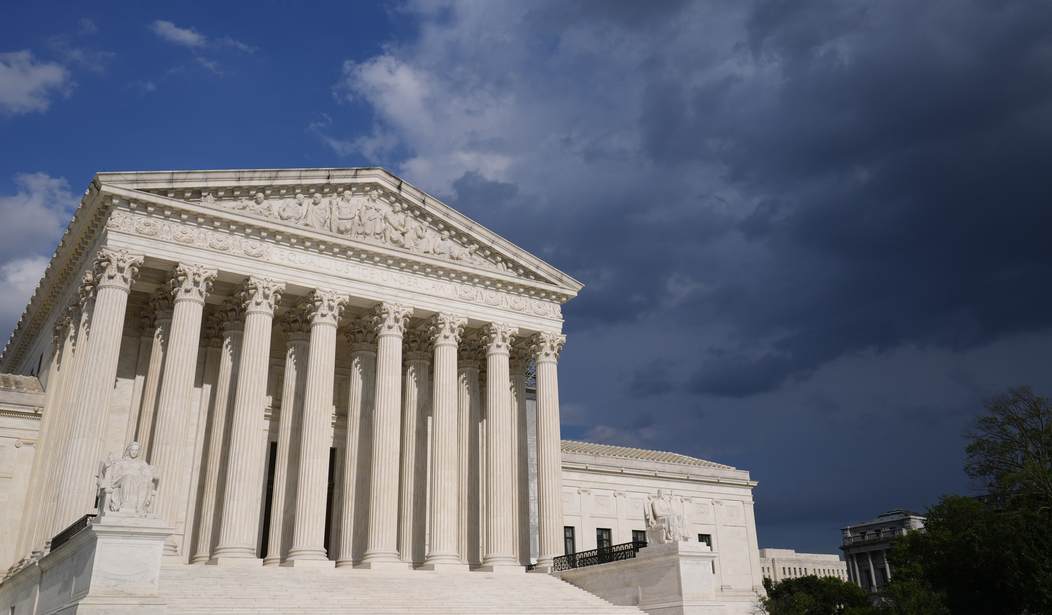After releasing its final batch of opinions last Friday, the nine Supreme Court justice gathered for the "wrap up" conference for one final look at the cases that have been pending action over the course of this term. There were a baker's dozen of Second Amendment-related cases for the Court to consider; six dealing with various prohibited persons statutes, six lawsuits taking on the gun and magazine bans in Illinois, and Antonyuk v. James, which seeks to challenge New York's "good moral character" requirement for concealed carry permitees.
The Court released decisions from the wrap-up conference this morning, and sent several of these cases back down to the appellate courts for review in light of the Court's decision in U.S. v. Rahimi. Among the cases that were granted cert, vacated, and remanded:
- Garland v. Range - Whether 18 U.S.C. 922(g)(1), the federal statute that prohibits a person from possessing a firearm if he has been convicted of “a crime punishable by imprisonment for a term exceeding one year,” complies with the Second Amendment
- U.S. v. Daniels - Whether 18 U.S.C. 922(g)(3), which prohibits the possession of firearms by a person who “is an unlawful user of or addicted to any controlled substance,” violates the Second Amendment.
- Antonyuk v. James - Whether the proper historical time period for ascertaining the Second Amendment’s original meaning is 1791, rather than 1868; and 2. Whether “the people” must convince government officials of their “good moral character” before exercising their Second Amendment right to bear arms in public.
The Court denied outright the cert petitions in the Illinois cases, with Justice Samuel Alito voting to grant cert. Justice Clarence Thomas released a statement about the decision not to grant cert, explaining that "this Court is rightly wary of taking cases in an interlocutory posture," but adding, "I hope we will consider the important issues presented by these petitions after the cases reach final judgment."
We have never squarely addressed what types of weapons are “Arms” protected by the Second Amendment. To be sure, we explained in District of Columbia v. Heller, 554U. S. 570 (2008), that the Second Amendment’s protection “extends, prima facie, to all instruments that constitute bearable arms, even those that were not in existence at the time of the founding.” Id., at 582. And, we noted that “the Second Amendment does not protect those weapons not typically possessed by law-abiding citizens for lawful purposes,” id., at 625, recognizing “the historical tradition of prohibiting the carrying of dangerous and unusual weapons,” id., at 627 (internal quotation marks omitted); see also Caetano v. Massachusetts, 577 U. S. 411, 417–419 (2016) (ALITO, J., concurring in judgment). But, this minimal guidance is far from a comprehensive framework for evaluating restrictions on types of weapons, and it leaves open essential questions such as what makes a weapon “bearable,” “dangerous,” or “unusual.”
Thomas chided the Seventh Circuit for its analysis of the Illinois gun and magazine bans as well. The appellate court overturned an injunction against the bans by ruling that AR-15s and other semi-automatic firearms are "like" machine guns, and therefore beyond the scope of the Second Amendment; a decision Thomas described as "unmoored from both text and history."
The Seventh Circuit’s decision illustrates why this Courtmust provide more guidance on which weapons the Second Amendment covers. By contorting what little guidance our precedents provide, the Seventh Circuit concluded that the Second Amendment does not protect “militaristic” weapons. See 85 F. 4th, at 1199. It then tautologically defined “militaristic” weapons as those “that may be reserved for military use.” Id., at 1194. The Seventh Circuit’s contrived “non-militaristic” limitation on the Arms protected by the Second Amendment seems unmoored from both text and history. See Friedman v. Highland Park, 577 U. S. 1039,1041 (2015) (THOMAS, J., dissenting from denial of certiorari). And, even on its own terms, the Seventh Circuit’s application of its definition is nonsensical. See 85 F. 4th,at 1222 (Brennan, J., dissenting) (“The AR–15 is a civilian,not military, weapon. No army in the world uses a service rifle that is only semiautomatic”). In my view, Illinois’ ban is “highly suspect because it broadly prohibits common semiautomatic firearms used for lawful purposes.” Friedman,577 U. S., at 1042 (opinion of THOMAS, J.). It is difficult to see how the Seventh Circuit could have concluded that the most widely owned semiautomatic rifles are not “Arms” protected by the Second Amendment.
As Thomas notes, the Seventh Circuit decision came during a preliminary stage of the litigation, but "if the Seventh Circuit ultimately allows Illinois to ban America’s most common civilian rifle, we can—and should—review that decision once the cases reach a final judgment. The Court must not permit 'the Seventh Circuit[ to] relegat[e] the Second Amendment to a second-class right.'"
The associated Illinois cases are headed to trial in September in front of U.S. District Judge Stephen McGlynn, so it's not entirely shocking that the Court decided not to step in now. Thomas's statement is a strong one, but I wish justices like Alito, Gorsuch, and Kavanaugh had signed on as well.
Truly not sure what the point of the GVRs is. The 2nd and 3rd circuits will say they each got it right (the latter did lol). Nothing in Rahimi forces either to change.
— Kostas Moros (@MorosKostas) July 2, 2024
But, better than denials! https://t.co/CBGbIo2TXm
I'm with Moros here, especially when it comes to the Range litigation. The Third Circuit held that Bryan Range was improperly denied access to his right to keep and bear arms after pleading guilty to a non-violent misdemeanor punishable under Pennsylvania law by more than a year in prison, even though he received probation for falsifying his income on a food stamp application. In Rahimi, the Supreme Court held that temporarily depriving someone found by a judge to be danger to others of their Second Amendment rights doesn't violate the Constitution, but if anything Rahimi bolsters the Third Circuit's decision, so I'm not sure what sending the case back down for further review really accomplishes.
As Moros says, it could have been worse, but today's decision to punt on all these cases is still frustrating given that justices like Gorsuch and Kavanaugh pointed out in Rahimi the need for the Court to take up more 2A cases so it can answer some major questions that are still unresolved. Sooner or later the Court will have to address these issues, but today the justices decided that later is just fine with them.









Join the conversation as a VIP Member